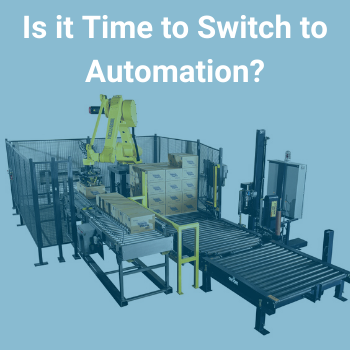- 800-277-7007
- ISO 9001:2015 Certified Company
Stretch Wrap Key Words and What They Mean
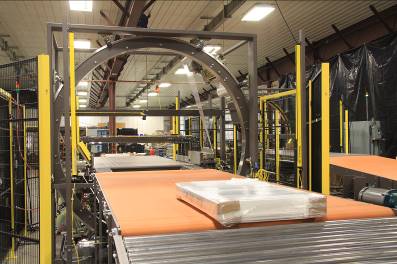
Professionals who have been working with stretch wrap for many years probably know just about everything when it comes to the versatile product security tool. However, even those of us who have been in our industries the longest sometimes forget the specific key words and definitions relating to our most helpful packaging materials. For a thorough explainer, take a look at this easy-to-understand guide on the most essential stretch wrap key words and what they mean.
Banding
Banding takes place when many layers of stretch wrap are applied to a particular section of your load, thus providing extra reinforcement to that area.
Between Frame Rails (BFR)
Between frame rails represents the amount of space between the two outside frames on a conveyor section and is frequently referred to as BFR. It accounts for the usable width of a conveyor’s surface.
Blown Stretch Wrap
Blown stretch wrap is created through an extrusion process. It is generally stronger than cast film, but makes more noise during the unwind. Find more information here.
Bottom Wraps
Bottom wraps refer to the process during which layers of stretch film are machine-applied to the lower part of a pallet. Most often, this includes more than one revolution by the machine and helps to improve load stability.
Brake Roller
A brake roller is a mechanical part of a stretch wrapping machine that offers resistance force in order to lower a stretch film’s feed rate. The drag that results maximizes tension for more stability.
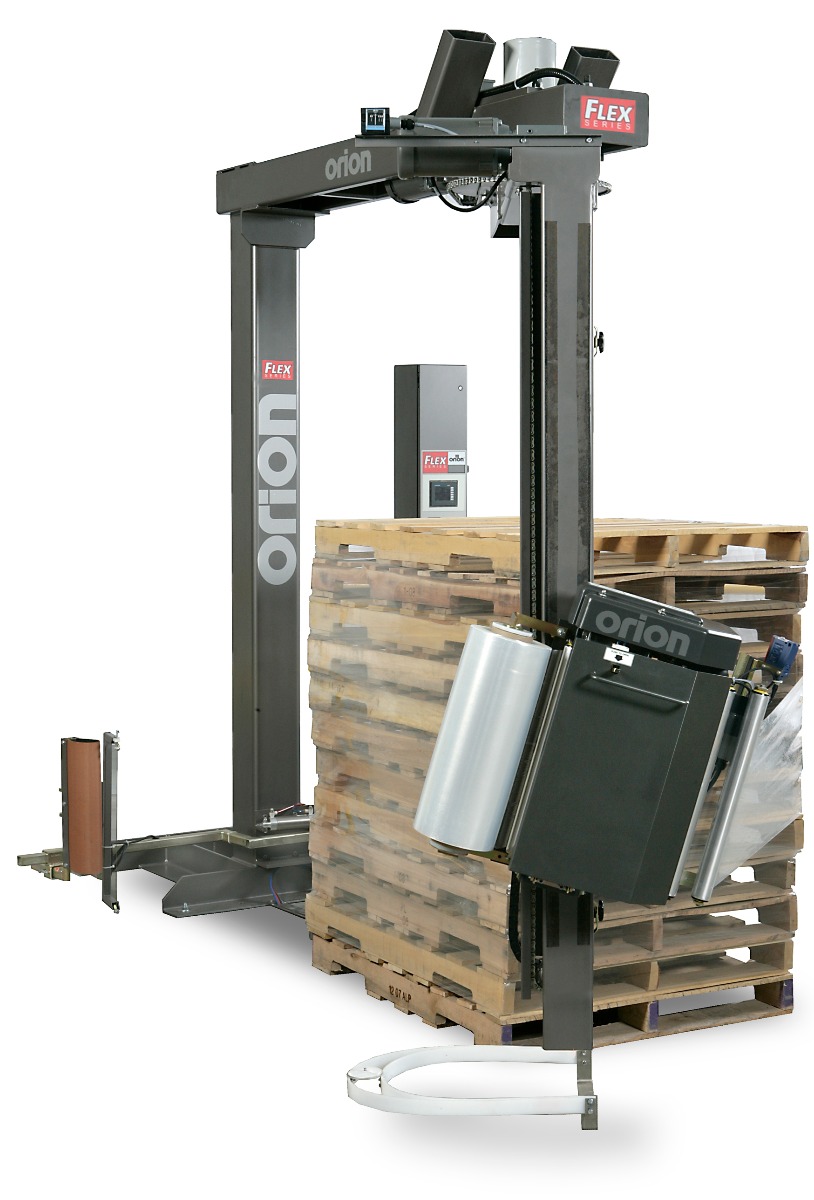
Cast Stretch Film
Cast stretch film is manufactured by extruding molten plastic over a die and then cooling it over a drum. It is transparent and quiet during unwind, but not as tough as blown stretch. Find more information here.
Cling
Cling is an additive that’s incorporated into stretch wrap to improve the film’s bonding capability. It allows the layers to better adhere to one another and can also be applied to either or both sides they will self-adhere during the application process.
Dancer Bar / Dancer Arm
A dancer bar is a roller that pivots in order to measure a pallet’s film feed requirements. This helps the machine wrapping process by allowing the correct amount of tension to be applied around the load.
Film Feed
Film feed is the speed at which stretch wrap is applied to a pallet or load. The vast majority of the time, this speed is not constant, as loads require different speeds to maintain consistent tension along the corners and the sides.
Film Memory
Film memory is the most important reason for prestretching your film. Prestretching the stretch wrap generates film memory, which allows for a continuous elastic force as the film tries to revert back to its unstretched state. It means that the load will maintain its integrity as it shifts and settles during transportation.
Film Tension (Film Force)
Film tension refers to the retaining force that the stretch wrap places on the product it covers and is generally measured in pounds.
Film Tail
A film tail is the very end piece of stretch wrap that is placed onto a load to begin the wrapping process. It is created at the end of the previous wrapping cycle.
Gauge
Gauge is the imperial measurement that indicates a film’s thickness.
Hand Wrap
Hand wrap is stretch film that is specifically intended to be tensioned, stretched, and applied manually without the help of any automated equipment.
Home Position
Home position is the term for the starting point of an automatic stretch wrapping machine when it is prepared to begin a new cycle.
Idler Roller
Idler rollers point the stretch film in the correct direction as it passes through a prestretch carriage.
Load Types
Load types are designated as A-Loads, B-Loads, and C-Loads. They indicate the different kinds of loads that may be placed onto a pallet and how simple or difficult it will be to wrap them. A-Loads are the most basic with no funky edges or angles, C-Loads are the most complicated with sharp corners and oddly-shaped products that create instability, while B-Loads fall somewhere in the middle.
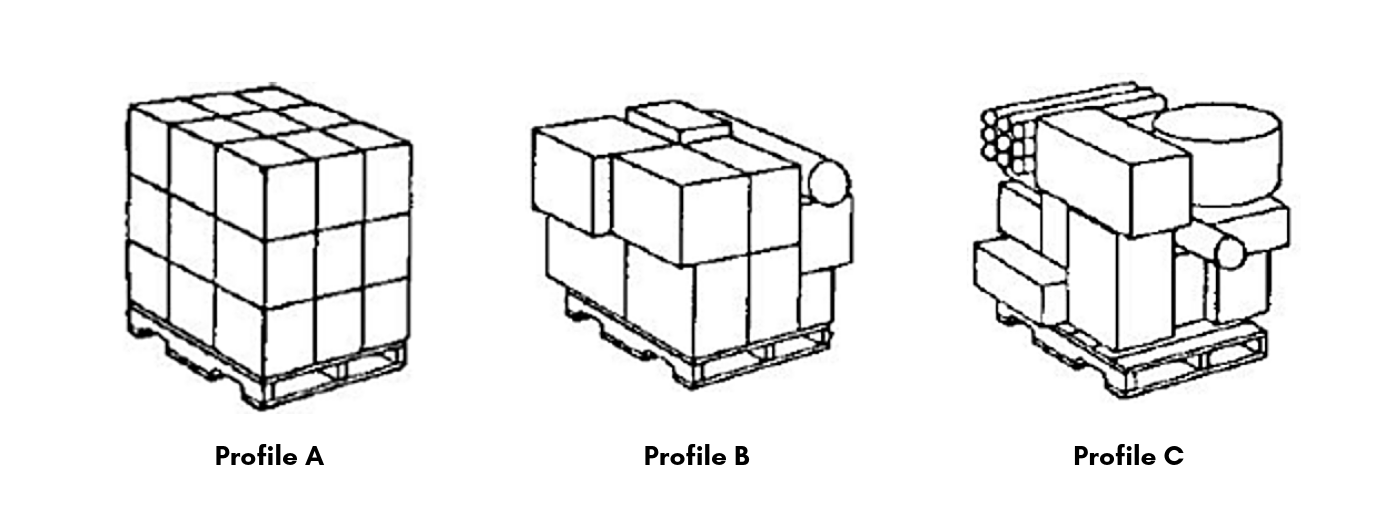
Load Diagonal
Load diagonal refers to the measurement of a pallet load from diagonally opposing corners. It’s necessary to know this measurement in order to know what size stretch wrapper you need.
Micron
Micron is a metric measurement that indicates a film’s thickness.
Neckdown
Neckdown refers to when a film narrows out during the stretching process (much like how chewing gum stretches when pulled). Neckdown increases the amount of revolutions needed to cover a pallet by reducing the coverage that a single revolution is able to provide. When there is more distance between two rollers, there is more neckdown.
Overlap
Overlap occurs when multiple layers of stretch wrap are applied to one load.
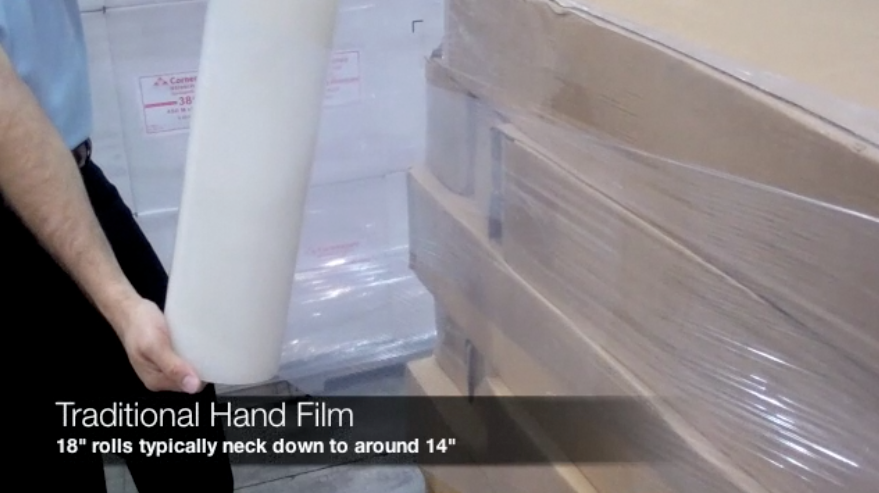
Overwrap
Overwrap is the total amount of stretch placed over the top of the pallet or load.
Prestretch Film / Prestretched Stretch Wrap
Prestretch is a process where film is stretched before it is applied to a load. Learn more about prestretched stretch wrap right here.
Roping
Roping is when the entire width of a film is collected with a bar or roller in order to create a “rope.” When stretch wrap is roped, it is practically unbreakable and is usually utilized to lock a product and pallet together.
Tension Stretch / Post Stretch
Tension stretch refers to a way that film is pulled (or tensioned) as it is applied to a pallet. This method improves film force, but the load itself will limit the tension and lightweight products can be crushed by high tension.
Top Sheet
Top sheets are a water-resistant layer of plastic sheeting placed on top of the load that are often secured with stretch wrap once in place.
Top Wrap
A top wrap is an extra revolution (or revolutions) of stretch film placed on top of a load. The top section of a pallet is most likely to shift during transportation and top wraps help to minimize that effect.
Want More Information?
After reading all of this, you might be thinking that it’s time to make the switch to an automatic stretch wrapping machine. Check out our guide to making the switch!
